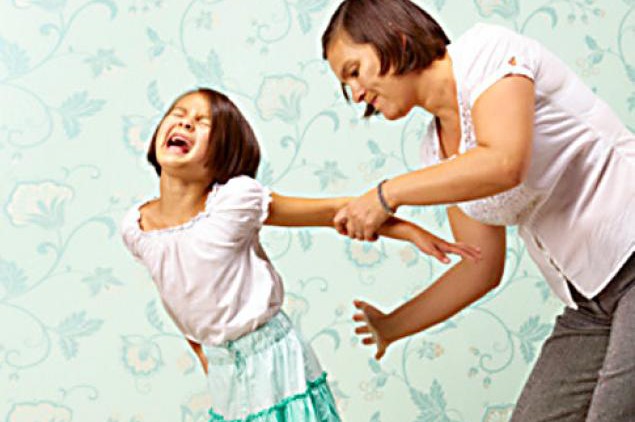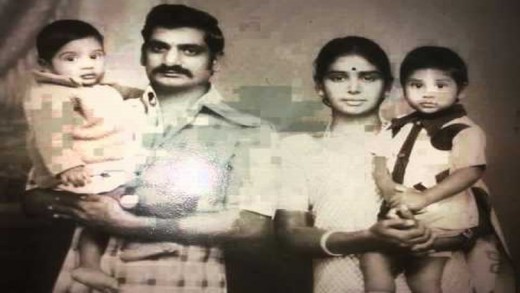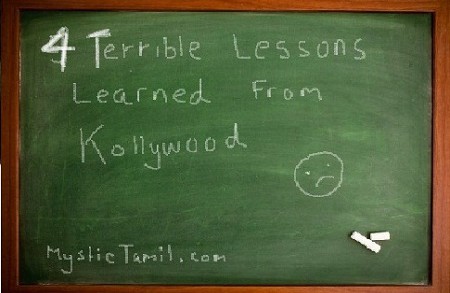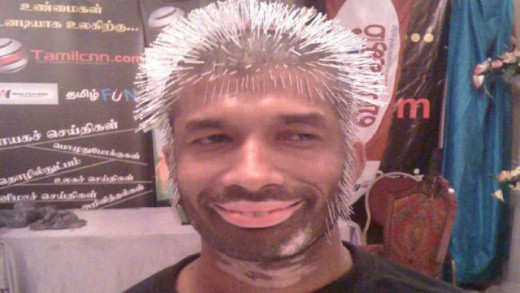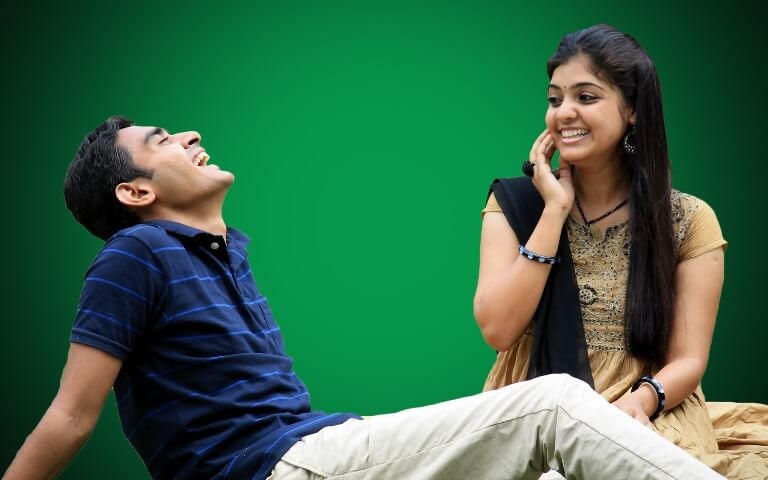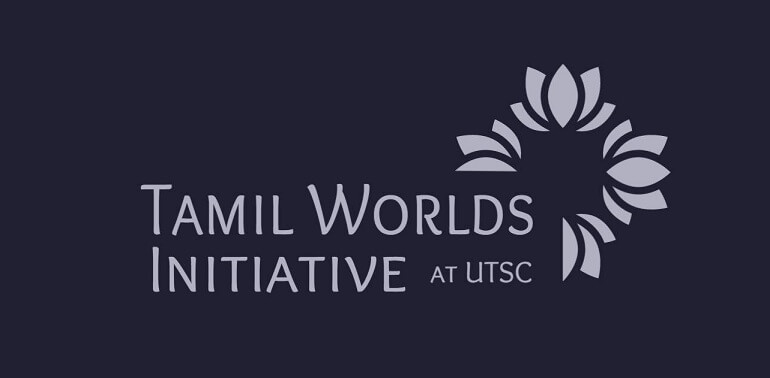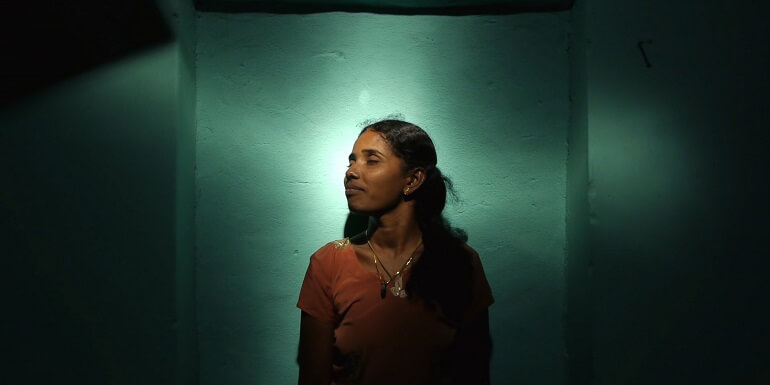I am not a parent. I have never experienced all that comes from carrying a child to giving birth to one. Although I have babysat and taken care of other people’s children, I do not have the full awareness or knowledge of raising a child as a parent. And although I’ve never experienced the ups and downs of parenthood, as a mere spectator I can see that it is not a smooth road to travel.
I recently came across a YouTube video of a Tamil father physically abusing his son. The eight minute long video showed the toddler being repeatedly slapped to the ground, held in the air and punched numerous times and beaten with various objects. I watched in horror and disbelief at the utter lack of love and empathy from not only the father, but also the woman who stood by observing and recording the abuse as it happened. It was painfully heartbreaking to watch this helpless child being treated with callous disregard by those who were meant to protect and care for him.
The term discipline refers to a system of nurturing that prepares children to achieve competence, self-control, self-direction and caring for others. To help a child transition into adulthood, an effective disciplinary system should not only provide the child a learning environment characterized by a supportive parent-child relationship, but also one that teaches appropriate behaviour while eliminating undesired ones.
Corporal punishment is using physical force with intent of causing pain but not injury for the purpose of correcting or controlling the child’s behaviour. To simplify it further, if the child is beaten continuously and to a point where they suffer from a bruises, broken bones or laceration, it is no longer discipline. It’s abuse.
I’m sure many of us have grown up being “beaten” by our parents for our mistakes. The saying “spare the rod, spoil the child” is especially true within South Asian households. Corporal punishment is viewed as an acceptable form of discipline by most in our community. But when does the line between discipline and physical abuse get crossed?

Corporal punishment is determined by overall parent/child relationship. Parents need to create a safe and loving environment for their children and formulate and apply discipline that is appropriate to the mistake. Parents should seek to address the action and not the child for them to grasp the concept of right and wrong. Children are more in touch with their feelings than adults and thus are more sensitive to their parent’s words and actions. When you discipline the child, make sure they know that you’re trying to discourage negative behaviour.
Although I am not entirely against corporal punishment, I am against it if it is used as the only mode of discipline. Beating a child for every mistake they commit will not teach them anything. It instils fear and will only be effective in bringing about immediate compliance. But in terms of long-term effectiveness and for the child to actually learn a lesson, it does nothing.
As the child continues to be exposed to their parent’s anger, it brings down their self-esteem and the child faces a greater risk of developing mental illness. Long term exposure to corporal punishment can lead the child to feel withdrawn, their school grades to drop and to become increasingly delinquent.
Besides disciplining bad behaviour, parents should also give praise, encouragement and positive feedback for good behaviour their children display. Many Tamil parents especially are prone to compare their children to the children of others. But when a child is compared to another who is considered more ideal, the child’s self-confidence is shattered with the belief that they are not good enough. Such comparisons limit the child’s unique potential and will foster contempt towards their own selves. A child who receives regular praise will develop willpower, have more self-confidence and will maintain a positive self-image and behaviour. It also creates a meaningful parent-child relationship.

Children are not mini-adults. They do not come into this world programmed to know right from wrong. They have trouble understanding many things that we as adults take for granted. They are born into this world full of uncertainty, innocent of possible dangers and harm. It is this innocence that breathes into them the curiosity to experience their surroundings and to learn about the world that they’ve come into. Thus, all parents have an obligation to guide their children along this journey in a responsible, effective way.
One thing that struck me about the YouTube video was that every time the father punched or hit the toddler hard enough for him to fall down, he would still, through his cries of pain and fear, pick up his little body and go obediently back to his father when called. We often forget what it is like to view the world with child like eyes To them, everything is good until proven otherwise. For a child being remorselessly beaten thrown and kicked by the very person who is supposed to love and protect him, that perception of the father figure is forever shattered. Not only is the trust in the father broken, but also the mother who failed to protect him. And even after being beaten to that degree, to that child, that man is still his father and that woman is still his mother, and that is the state of innocence.

 Tasha Nathan
Tasha Nathan